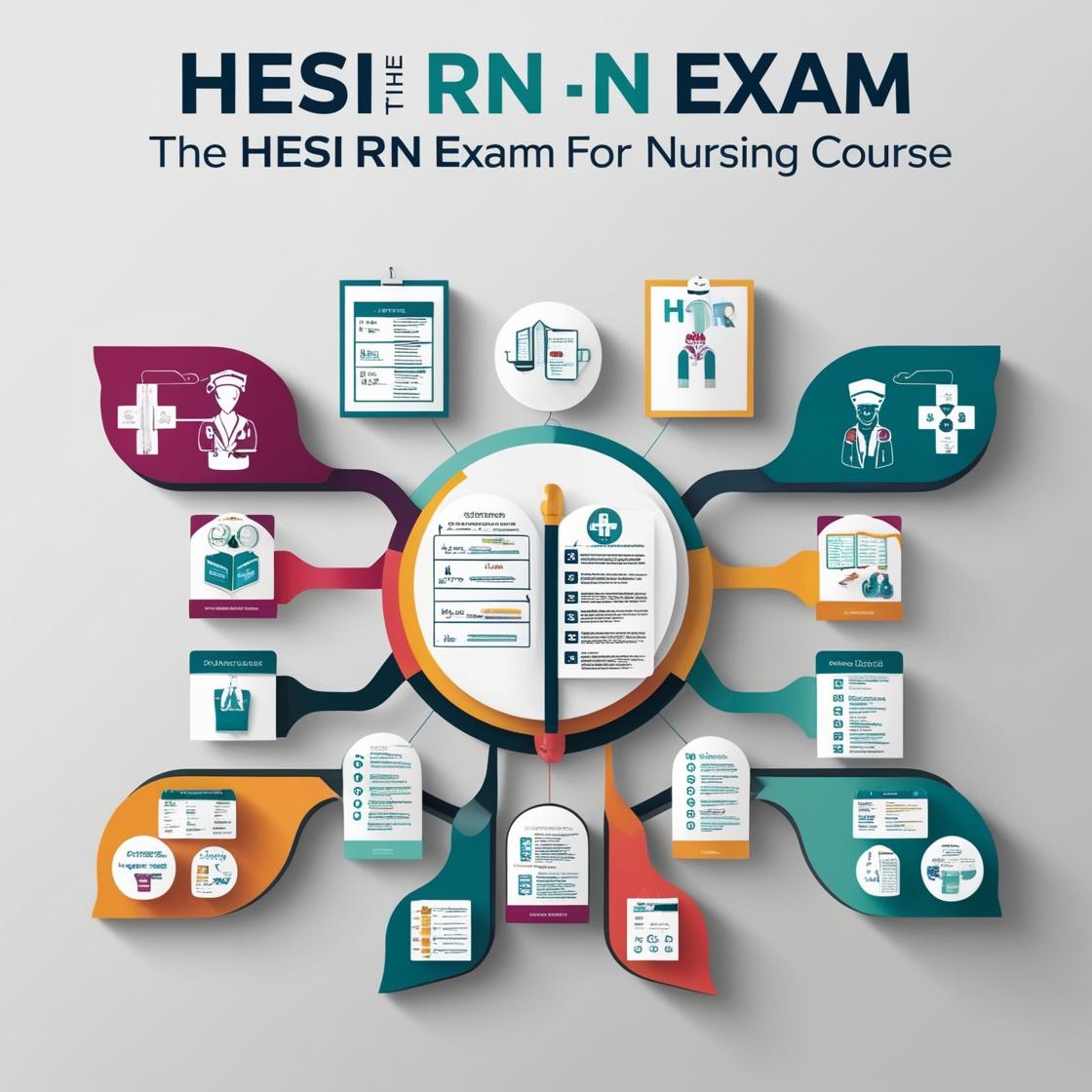HESI RN
Pediatric HESI Quizlet
1. A 6-year-old child is diagnosed with rheumatic fever and demonstrates associated chorea (sudden aimless movements of the arms and legs). Which information should the nurse provide to the parents?
- A. Permanent lifestyle changes need to be made to promote safety in the home
- B. The chorea or movements are temporary and will eventually disappear
- C. Muscle tension is decreased with fine motor project skills, so these activities should be encouraged
- D. Consistent discipline is needed to help the child control the movements
Correct answer: C
Rationale: Chorea associated with rheumatic fever is usually temporary and will subside over time.
2. The healthcare provider is developing the plan of care for a hospitalized child with von Willebrand disease. What priority nursing intervention should be included in this child's plan of care?
- A. Reduce exposure to infection.
- B. Eliminate contact with cold objects.
- C. Guard against bleeding injuries.
- D. Reduce contact with other children.
Correct answer: C
Rationale: Children with von Willebrand disease have a deficiency in a clotting protein, putting them at risk of bleeding episodes. The priority nursing intervention for a child with von Willebrand disease is to guard against bleeding injuries to prevent excessive bleeding or hemorrhage. Choices A, B, and D are not the priority interventions for von Willebrand disease. While reducing exposure to infection is important for any hospitalized child, it is not the priority for von Willebrand disease. Eliminating contact with cold objects is more relevant for conditions like Raynaud's disease. Reducing contact with other children is not a specific priority related to managing von Willebrand disease.
3. A 7-year-old is admitted to the hospital with persistent vomiting, and a nasogastric tube attached to low intermittent suction is applied. Which finding is most important for the nurse to report to the healthcare provider?
- A. Gastric output of 100 mL in the last 8 hours.
- B. Shift intake of 640 mL IV fluids plus 30 mL PO ice chips.
- C. Serum potassium of 3.0 mEq/L.
- D. Serum pH of 7.45.
Correct answer: C
Rationale: A serum potassium level of 3.0 mEq/L is significantly low and indicates hypokalemia, which can lead to serious complications such as cardiac arrhythmias. Therefore, it is crucial for the nurse to report this finding promptly to the healthcare provider for immediate intervention. The other findings are not as critical in this situation. Gastric output of 100 mL in the last 8 hours may be expected in a patient with persistent vomiting. The shift intake of IV fluids and ice chips indicates fluid replacement, which is important but not as urgent as correcting electrolyte imbalances. A serum pH of 7.45 is within the normal range and does not indicate an immediate concern.
4. The nurse is assessing a 3-month-old infant who was brought to the clinic by the parents due to concerns about the infant’s feeding. The parents report that the infant has been vomiting after every feeding and has not gained any weight. What should the nurse assess first?
- A. Evaluate the infant’s feeding technique
- B. Check the infant’s hydration status
- C. Measure the infant’s abdominal circumference
- D. Review the infant’s growth chart
Correct answer: B
Rationale: Assessing hydration status is crucial in an infant who is vomiting frequently, as dehydration can quickly become a serious issue. In this scenario, the infant's inability to retain feeds and lack of weight gain may indicate a potential risk of dehydration, making it essential to prioritize checking the infant's hydration status to prevent complications. Evaluating the feeding technique (Choice A) could be important but is secondary to addressing potential dehydration. Measuring the abdominal circumference (Choice C) and reviewing the growth chart (Choice D) are not the priority in this situation where dehydration is a primary concern.
5. How should the caregiver instruct on caring for a 4-month-old with seborrheic dermatitis (cradle cap) when shampooing the child's hair?
- A. Use a soft brush and gently scrub the area.
- B. Avoid scrubbing the scalp until the scales disappear.
- C. Avoid washing the child's hair more than once a week.
- D. Use soap and water and avoid shampoos.
Correct answer: A
Rationale: When dealing with seborrheic dermatitis (cradle cap) in infants, it is essential to use a soft brush and gently scrub the affected area to help remove the scales. This process can aid in managing the condition and preventing further build-up. It is important to be gentle to avoid irritating the baby's delicate skin. Choice B is incorrect as gentle scrubbing with a soft brush can help in the removal of scales. Choice C is incorrect because regular but gentle washing is recommended to manage cradle cap. Choice D is incorrect as using specialized shampoos designed for cradle cap is usually recommended over soap and water.
Similar Questions

Access More Features
HESI RN Basic
$89/ 30 days
- 50,000 Questions with answers
- All HESI courses Coverage
- 30 days access @ $89
HESI RN Premium
$149.99/ 90 days
- 50,000 Questions with answers
- All HESI courses Coverage
- 30 days access @ $149.99
